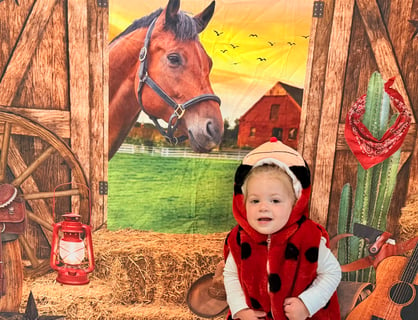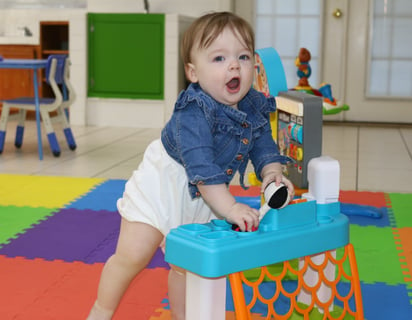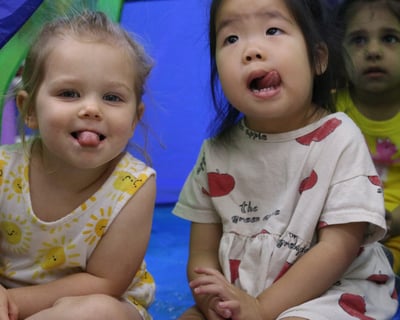Infant Curriculum
Montessori Infant Curriculum (6weeks – 18 months)
Supporting Growth Through Nurture, Movement, and Exploration
At Richmond Hill Montessori, our infant program is thoughtfully designed to support each child’s natural development in a peaceful, nurturing environment. Rooted in the Montessori philosophy, the infant curriculum focuses on fostering independence, sensory exploration, and emotional security during these formative months.
Key Areas of Focus:
• Emotional and Social Development
o Building trust through responsive caregiving
o Forming secure attachments with consistent adults
o Encouraging self-expression through babbling, gestures, and early communication
o Supporting parallel play and early social interaction
• Physical Development
o Freedom of movement to build gross and fine motor skills
o Safe, open spaces for rolling, crawling, cruising, and walking
o Use of developmentally appropriate materials to encourage grasping, reaching, and coordination
o Activities like grasping rings, stacking toys, and soft blocks
• Language Development
o Exposure to rich verbal communication through songs, stories, and conversation
o Naming real objects and actions to support language acquisition
o Use of books, fingerplays, and rhymes to support listening and vocabulary
o Encouraging baby sign language for early expression
• Cognitive Development
o Opportunities for cause-and-effect learning (e.g., object permanence boxes, nesting cups)
o Repetition and routine to build memory and predictability
o Simple problem-solving through exploration and manipulation of materials
o Matching, sorting, and exploration of texture, size, and color
• Practical Life Foundations
o Gentle guidance in self-care routines like handwashing, dressing, and eating
o Encouraging independence in feeding (baby-led weaning, use of child-sized utensils)
o Participating in care of the environment (wiping, carrying small items)
• Environment
o Calm, homelike classrooms with soft lighting, natural materials, and floor beds
o Child-sized furniture that supports safe exploration and choice
o Consistent routines that promote security and independence
o Respectful, slow-paced transitions and freedom to move at the child’s rhythm









